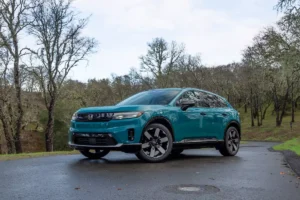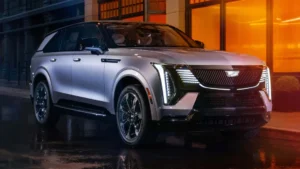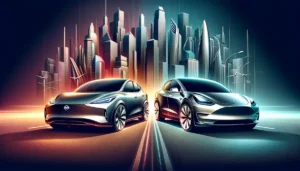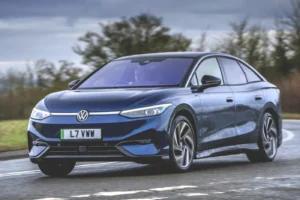Review of the Peugeot E-308 SW (2023)
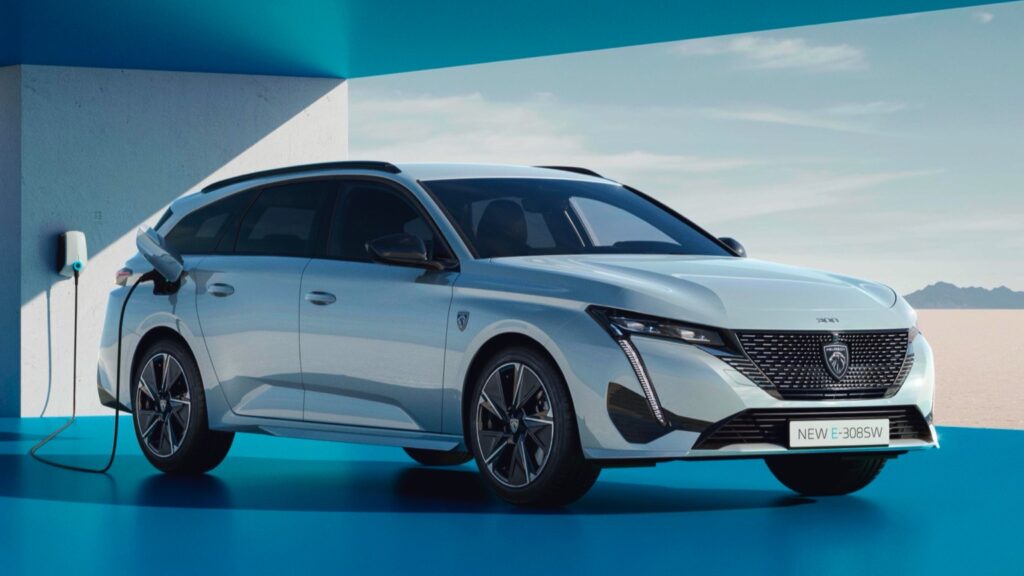
The Peugeot E-308 SW, as Peugeot strides towards becoming a leading electric vehicle manufacturer by 2025, introduces itself as a potentially game-changing contender in the electric estate car market. Joining as only the second mainstream electric estate car, it aims to carve a unique niche in this segment.
Pros and Cons: Pros:
- Comfortable and composed ride.
- High-quality feel, both in materials and assembly.
- Well-equipped with modern features.
Cons:
- Lacklustre performance, particularly given its price point.
- Expensive, making it a considerable investment.
Design and Practicality: The E-308 SW extends its length compared to the regular E-308, resulting in a more spacious boot of 548 litres (1574 litres with the rear seats folded). While its slanting roof may slightly limit its practicality, it remains competitive with its contemporaries like the MG 5 EV. The extended wheelbase not only enhances cargo space but also maintains passenger room, matching that of its plug-in hybrid counterpart.
Technical Specifications: Powered by Stellantis’ latest EV powertrain, the E-308 SW delivers a modest 154bhp and 199lb ft torque. This output is sufficient for a 0-62mph acceleration in 9.9 seconds, with a top speed of 106mph. Different driving modes adjust the power output, with the most notable efficiency seen in Eco mode. Its 54kWh battery offers an impressive range of up to 267 miles per charge, complemented by an 11kW AC charger and 100kW DC fast charging capabilities.
Driving Experience: The E-308 SW shines in its driving dynamics. Despite a heavy steering feel, the car exhibits an assertive front-end and ample grip, allowing for confident handling. The balance between tight body control and comfort is well-maintained, making for an enjoyable drive. However, the car’s performance may feel underwhelming due to its weight and the somewhat delayed response in throttle in certain modes.
Interior Quality: The interior of the E-308 SW is sleek and features innovative elements like the customizable ‘i-Toggle’ switches and a 3D digital instrument cluster. However, the i-Cockpit design might not appeal to all drivers due to its unconventional layout. The material quality and assembly are commendable, but some design choices, like the pointed dashboard element, may restrict passenger comfort.
Price and Competition: Starting at over £40,000, the E-308 SW is significantly more expensive than its direct competitor, the MG 5 EV. This price point puts it in the range of more performance-oriented electric vehicles like the Tesla Model 3, although the latter is not an estate car. The imminent release of the Vauxhall Astra ST Electric, based on similar engineering as the Peugeot, will offer another option but may not significantly diversify the market.
Verdict: The Peugeot E-308 SW is a well-crafted, stylish, and enjoyable vehicle to drive. However, its cost and the relatively average performance of the electric powertrain may limit its appeal. For those prioritizing cargo space and electric estate car features, the E-308 SW stands out, albeit at a premium price. However, for those seeking more performance and range for their investment, there are other compelling options in the electric vehicle market. The decision hinges on weighing the unique benefits of an electric estate against cost and performance expectations.
